The Day After Tomorrow: A 2004 Spectacle Of Local weather Change And Catastrophe Cinema
The Day After Tomorrow: A 2004 Spectacle of Local weather Change and Catastrophe Cinema
Associated Articles: The Day After Tomorrow: A 2004 Spectacle of Local weather Change and Catastrophe Cinema
Introduction
On this auspicious event, we’re delighted to delve into the intriguing subject associated to The Day After Tomorrow: A 2004 Spectacle of Local weather Change and Catastrophe Cinema. Let’s weave fascinating info and supply recent views to the readers.
Desk of Content material
The Day After Tomorrow: A 2004 Spectacle of Local weather Change and Catastrophe Cinema
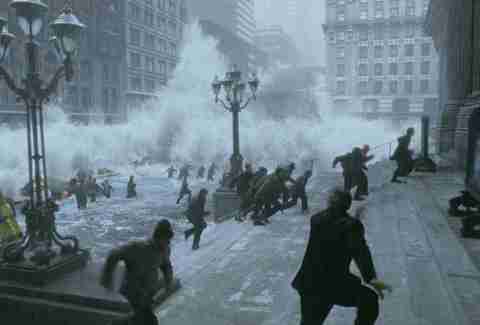
Roland Emmerich’s 2004 movie, The Day After Tomorrow, is greater than only a catastrophe film; it is a potent, albeit scientifically flawed, commentary on local weather change and its potential penalties. Launched amidst rising consciousness of environmental points, the movie capitalized on anxieties surrounding international warming, delivering a visceral and spectacular portrayal of a quickly collapsing local weather system. Whereas criticized for its scientific inaccuracies, the movie’s affect on common consciousness relating to local weather change can’t be ignored. Its dramatic visuals and compelling narrative resonated with audiences globally, sparking conversations, nevertheless imperfect, concerning the fragility of the Earth’s ecosystem.
The movie depicts a sudden and catastrophic local weather shift triggered by a disruption of the thermohaline circulation – a vital ocean present system that regulates international temperatures. A sequence of utmost climate occasions quickly unfolds: devastating hailstorms in Tokyo, tornadoes ripping by Los Angeles, and in the end, a large, planet-encompassing ice age that plunges the Northern Hemisphere right into a frozen wasteland. The narrative follows Jack Corridor (Dennis Quaid), a paleoclimatologist who makes an attempt to warn the federal government concerning the impending catastrophe, and his son Sam (Jake Gyllenhaal), who finds himself trapped in New York Metropolis as town is engulfed by a blizzard of unprecedented scale.
The movie’s success lies not solely in its visible spectacle but in addition in its emotional core. The narrative successfully balances the large-scale catastrophe with intimate, private tales. The daddy-son relationship between Jack and Sam kinds the emotional anchor, making a relatable human aspect amidst the apocalyptic chaos. This contrasts sharply with the indifferent, usually chilly, portrayal of governmental response to the unfolding disaster, highlighting the inadequacy of political motion within the face of such a catastrophic occasion. The movie masterfully interweaves these private struggles with the bigger international disaster, making the implications of local weather change deeply private and tangible for the viewers.
Nevertheless, The Day After Tomorrow‘s scientific accuracy has been a topic of appreciable debate. The movie’s depiction of a quickly descending ice age triggered by a sudden disruption of the thermohaline circulation is taken into account extremely unbelievable by climatologists. Whereas the thermohaline circulation is certainly a vital think about international local weather regulation, the movie’s portrayal of its collapse occurring so swiftly and dramatically is a major simplification of a posh scientific course of. The movie additionally exaggerates the velocity and scale of local weather change impacts, presenting a state of affairs way more abrupt and excessive than even probably the most pessimistic local weather change projections.
The movie’s simplification of complicated scientific processes, nevertheless, doesn’t diminish its affect. It serves as a robust, albeit exaggerated, illustration of the potential penalties of unchecked local weather change. The movie’s dramatic visuals, showcasing the devastating results of utmost climate occasions, successfully talk the urgency of the local weather disaster to a broad viewers. The photographs of flooded cities, freezing temperatures, and widespread societal collapse stay highly effective and memorable, even when the scientific foundation for these occasions is debatable.
Moreover, The Day After Tomorrow successfully highlights the potential for cascading results throughout the local weather system. The movie demonstrates how a disruption in a single a part of the system – the thermohaline circulation – can set off a sequence response resulting in a worldwide disaster. This idea, although exaggerated in its portrayal, underscores the interconnectedness of the Earth’s local weather and the potential for unexpected penalties from even seemingly small disruptions.
The movie’s narrative additionally touches upon themes of political inaction and societal breakdown within the face of catastrophe. The federal government’s preliminary reluctance to consider Jack Corridor’s warnings and its subsequent disorganized response to the disaster spotlight the challenges of efficient governance within the face of unprecedented occasions. The movie depicts scenes of widespread panic, looting, and social unrest, illustrating the potential fragility of social order throughout a local weather disaster. This side of the movie, whereas maybe overly dramatic, raises essential questions on societal resilience and preparedness for future climate-related challenges.
Past its scientific accuracy, The Day After Tomorrow is important for its cultural affect. The movie’s launch coincided with a rising public consciousness of local weather change, and its dramatic portrayal of the difficulty helped to deliver the subject into the mainstream. Whereas the movie’s scientific inaccuracies had been extensively criticized by scientists, its skill to seize the general public creativeness and generate dialogue about local weather change can’t be denied. It served as a robust, albeit sensationalized, wake-up name, elevating consciousness concerning the potential penalties of inaction.
The movie’s legacy extends past its preliminary launch. It has develop into a staple of catastrophe film tradition, referenced and parodied in numerous different movies and media. Its affect on common tradition is plain, solidifying its place as a major cultural artifact of the early 2000s. The movie’s enduring reputation speaks to its skill to faucet into primal fears and anxieties about environmental disaster, even when the precise scientific particulars are questionable.
In conclusion, The Day After Tomorrow is a posh and multifaceted movie. Whereas its scientific accuracy is debatable, its cultural affect is plain. The movie served as a robust, albeit sensationalized, illustration of the potential penalties of local weather change, bringing the difficulty into the mainstream consciousness and sparking conversations concerning the fragility of the Earth’s ecosystem. Its dramatic visuals and emotional narrative, regardless of their scientific shortcomings, resonated with audiences globally, solidifying its place as a major cultural touchstone within the ongoing dialog about local weather change and its potential affect on humanity. Whereas not a scientifically correct portrayal, its lasting affect lies in its skill to ignite a dialogue, nevertheless imperfect, a few vital problem dealing with our planet. The movie’s exaggerations, in a means, function a cautionary story, reminding us that even when the specifics are debated, the underlying risk of local weather change stays a urgent actuality demanding fast and decisive motion.

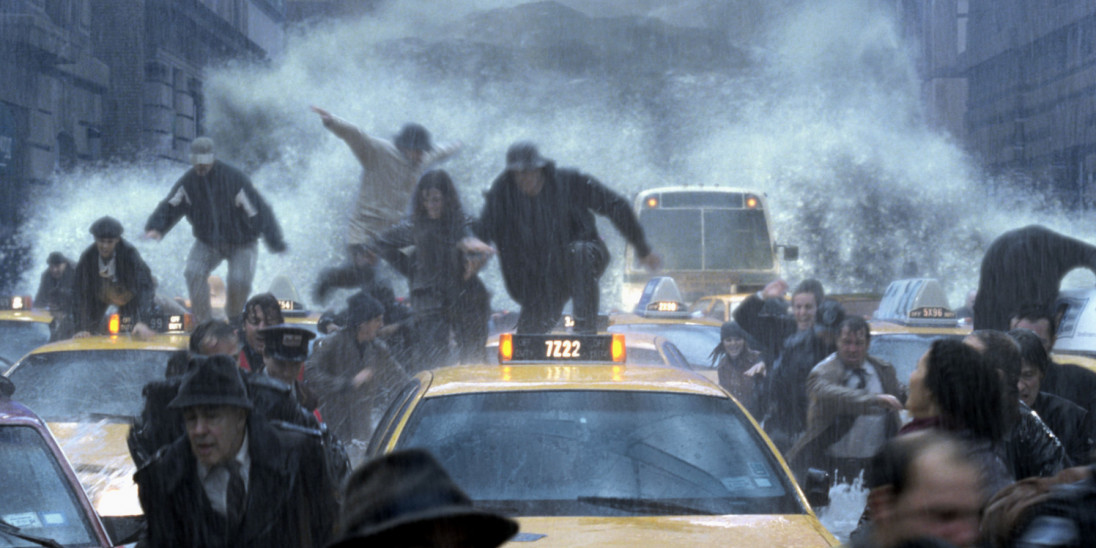

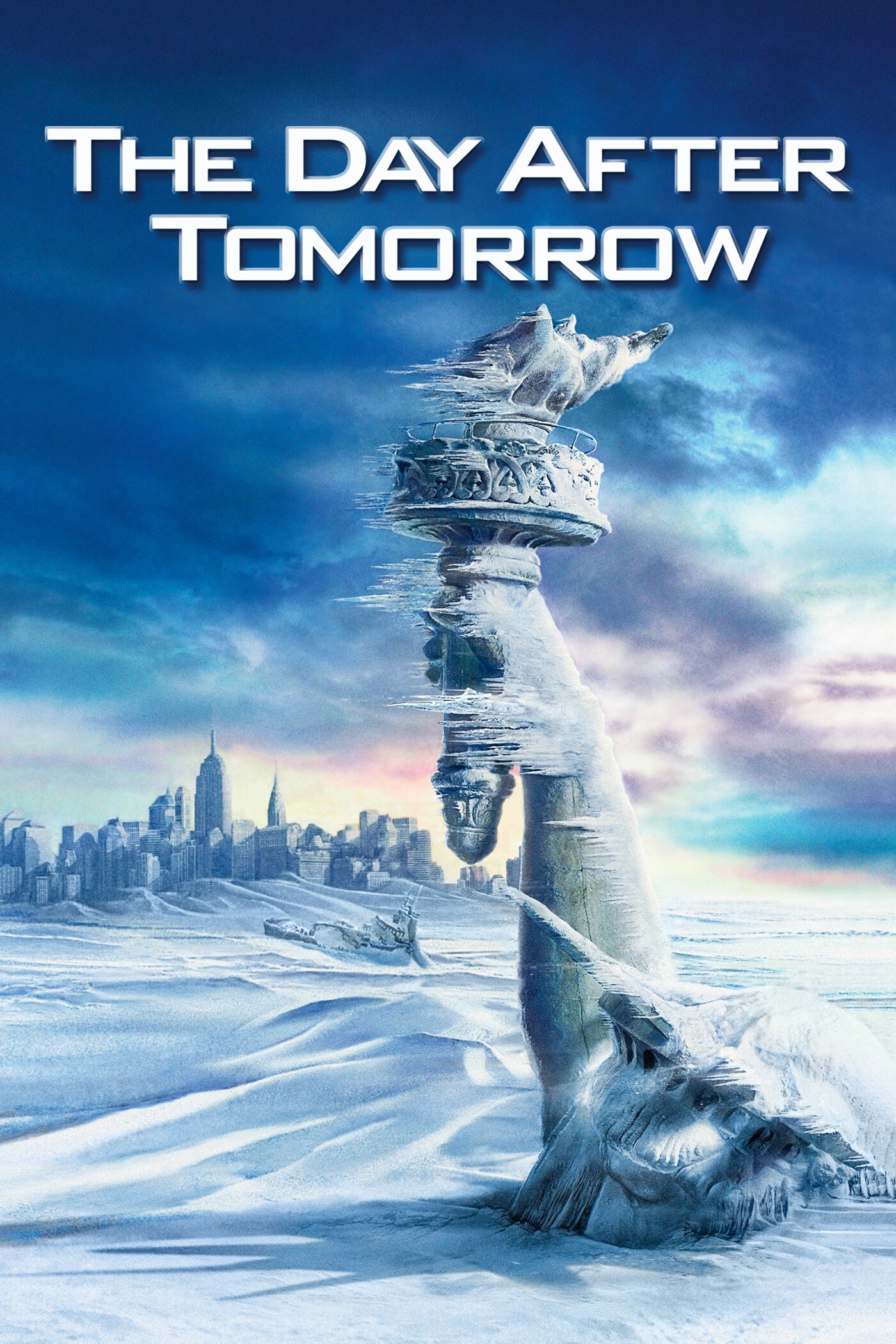


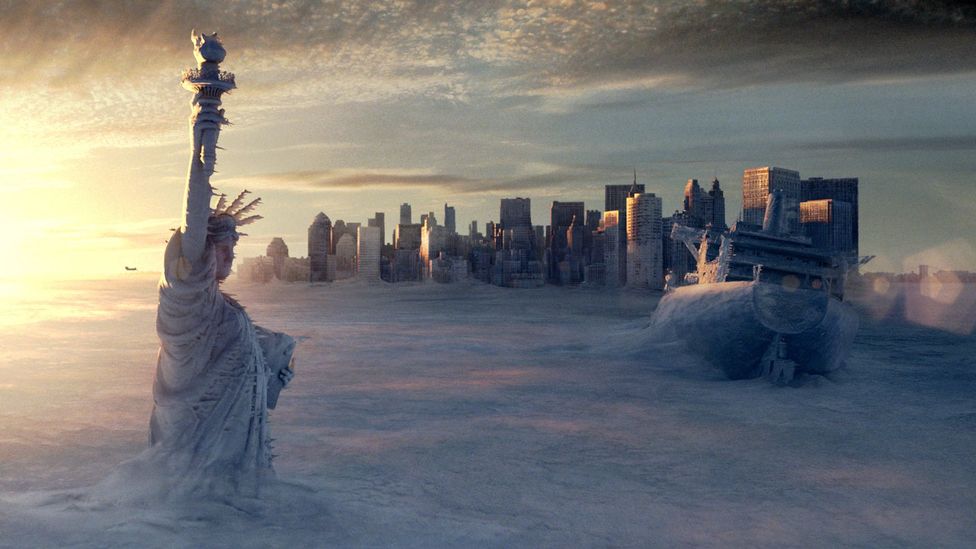
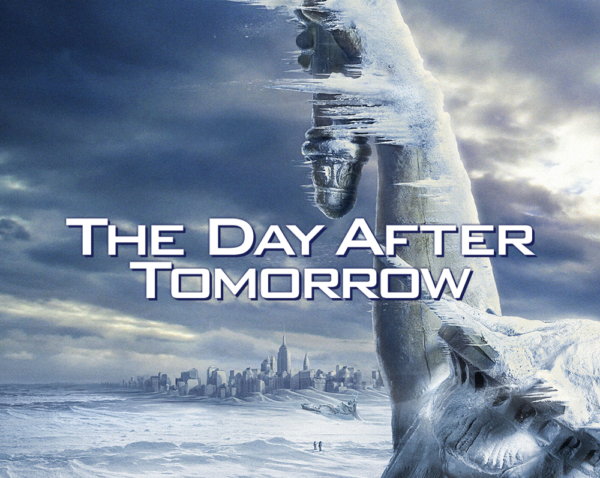
Closure
Thus, we hope this text has offered useful insights into The Day After Tomorrow: A 2004 Spectacle of Local weather Change and Catastrophe Cinema. We respect your consideration to our article. See you in our subsequent article!